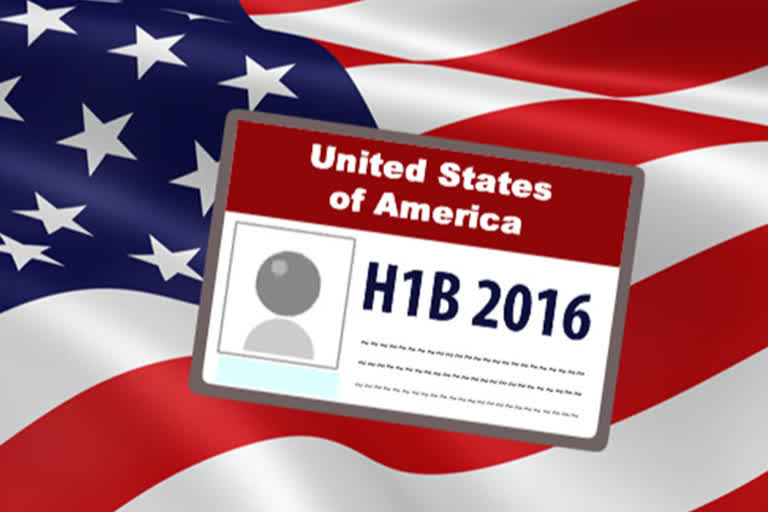Washington: The US State Department in a federal notification Wednesday proposed to make changes to its existing visa regulations under which foreign professionals, which would fall under H-1B, would not be issued a temporary visa for business, as has been widely prevalent currently.
If finalized, this proposal will eliminate any misconception that the "B-1 in lieu of H policy" provides an alternative avenue for foreign professionals to enter the US to perform skilled labour that allows, and potentially even encourages them and their employers to circumvent the restrictions and requirements relating to the H nonimmigrant classification established by the Congress to protect US workers, the State Department said.
The move is likely to impact a lot of Indian companies who send their technology professionals on B-1 visas for a short stay to complete the jobs on-site in the US.
On December 17, 2019, the California Attorney General announced a USD 800,000 settlement against Infosys Limited to resolve allegations that approximately 500 Infosys employees worked in California on Infosys-sponsored B-1 visas rather than H-1B visas, the State Department said.
"The proposed changes and the resulting transparency would reduce the impact of foreign labour on the US workforce of aliens performing activities in a speciality occupation without the procedural protections attendant to the H-1B classification," it said.
In its federal notification issued on Wednesday, the State Department said US architecture firm seeking protection from rising labour costs in the country might believe it could lay off its US architects and contract for the same professional architectural services to be provided by a foreign architecture firm.
If the foreign firm sought H-1B visas for its architects, it would be required to pay the prevailing wage for architects in the area of intended employment in the United States, presumably the same wage the US architects had been paid, and meet the other requirements enacted by the Congress to protect US workers.
But under the B-1 in lieu of H policy, the foreign architects could ostensibly seek B-1 visas and travel to the US to fill a temporary need for architecture services, so long as they retained a residence in the foreign country and continued to receive a salary, perhaps significantly lower than what is customary for US architects, dispersed abroad by the foreign firm (or under the auspices of a foreign parent or subsidiary), the State Department said.
Under the Department's guidance, visas could be issued for multiple architects planning temporary work in the United States, in certain situations. However, a foreign employer may succeed in undermining US immigration law and policy by rotating architects between the US and the foreign country to effectively fill the position of one US architect at a significantly lower cost, the notification said.
